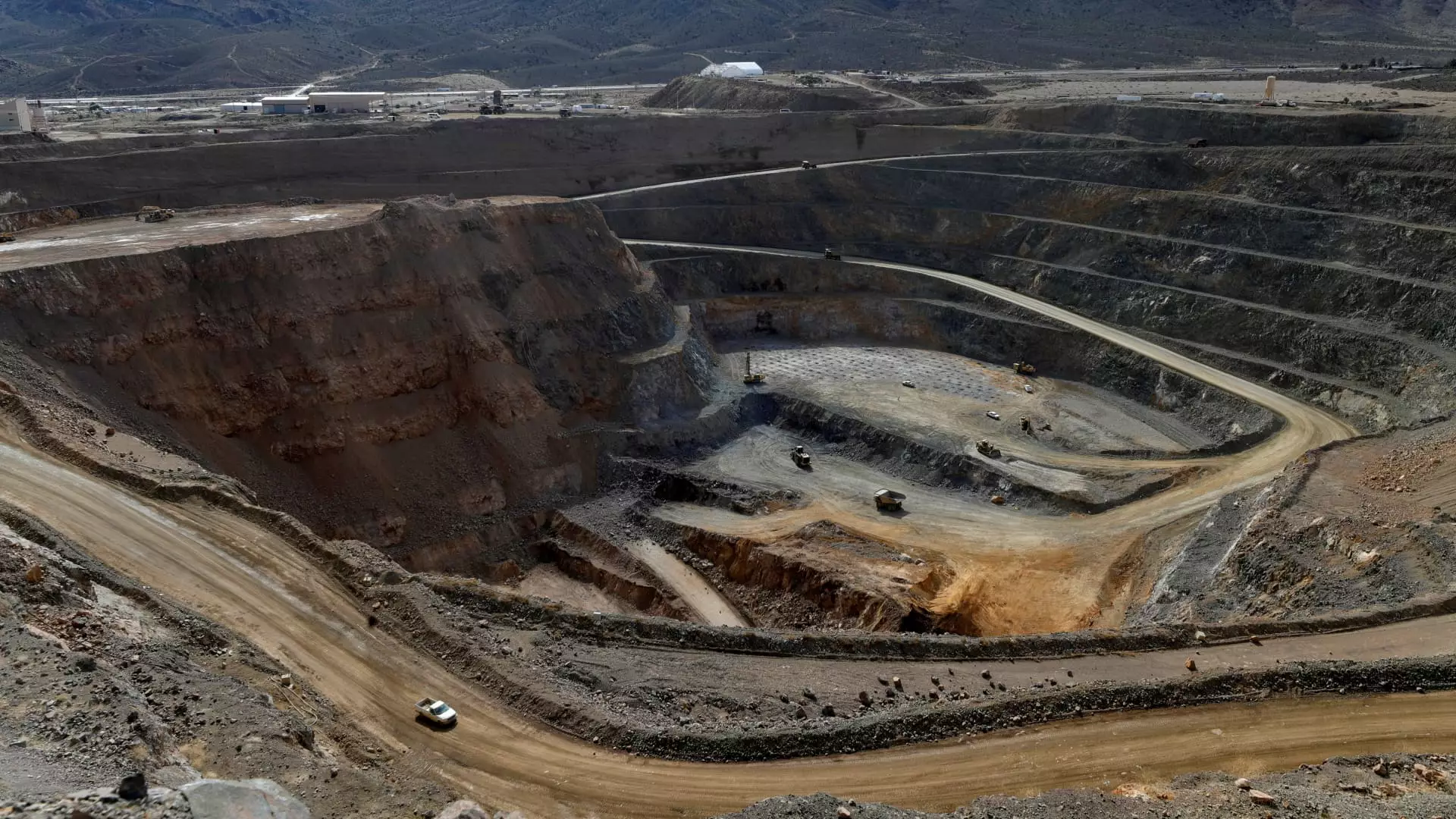The recent strategic maneuver by the U.S. Department of Defense to acquire a significant stake in MP Materials marks a pivotal moment in America’s quest to regain control over its critical mineral supply chains. With a $400 million investment, the government has positioned itself as the largest shareholder, effectively intertwining national security interests with corporate ambition. While the move is publicly framed as a necessary step toward reducing dependence on Chinese dominance, it also signals a bold, and perhaps risky, embrace of state-led resource intervention. This kind of public-private partnership, especially in the volatile sector of rare earth minerals, demands a nuanced evaluation—one that recognizes both its potential to bolster U.S. strategic autonomy and its underlying vulnerabilities.
The Geopolitical Stakes: From Dependency to Dominance?
Rare earth elements are the backbone of modern military and technological infrastructure. From powerful magnets in stealth aircraft to the heart of electric vehicle motors, their importance cannot be overstated. Historically, the U.S. has been perilously reliant on foreign sources—predominantly China, which claimed around 70% of imports in 2023. This dependency has long been a source of strategic vulnerability, used as leverage in geopolitical disputes. The Pentagon’s move into MP Materials is, on paper, a remarkable effort to counter this reliance. However, it raises complex questions: can a mere $400 million investment or even a controlling stake truly insulate the U.S. from global supply disruptions? Or does this signal a superficial effort that overlooks broader vulnerabilities in the critical minerals supply chain?
The government’s push for rapid capacity expansion—aiming to produce 10,000 tons of rare earth magnets annually—demonstrates a sincere desire to create a domestic powerhouse. Still, infrastructure, workforce, and technological innovation in such a specialized industry are formidable hurdles that largely depend on continuity, stability, and consistent investment. Relying heavily on government intervention risks fostering a dependency that could be as risky as China’s dominance, especially if political support wanes or market dynamics shift unpredictably.
Markets, Power Dynamics, and the Role of Private Capital
What is especially striking about this strategy is the heavy involvement of private financial institutions like JPMorgan and Goldman Sachs, standing beside government entities to fund the construction of new facilities. This hybrid model synthesizes state ambition with private capital’s efficiency, but it also blurs accountability lines. When taxpayer dollars—bolstered by billion-dollar financing—are involved, the risk of favoritism, mismanagement, or market distortions becomes more pronounced. The decision to guarantee a floor price of $110 per kilogram for NdPr compounds this issue, effectively creating a price floor that could distort market signals. While this ensures stable revenue for MP Materials, it arguably distorts the natural price discovery process, potentially leading to inefficiencies or dependency on government-backed price supports.
Moreover, this interventionist approach risks diminishing the innovation incentives for private companies. When prices are artificially stabilized and profits shared in a predetermined manner—like the 30% upside above $110 per kg—the delicate market discipline that traditionally fosters technological advancements might be stifled. It raises a question: is this dynamic sustainable, or will it eventually create a scenario where the government is locked into perpetually subsidizing and controlling an industry whose trajectory should ultimately be driven by market forces?
Implications for U.S. Economic Policy and National Security
The strategic investment in MP Materials signals a broader reconfiguration of U.S. economic policy—one that emphasizes resilience through intervention. Center-right liberals, who typically advocate for market-based solutions paired with targeted government action, should recognize both the potential and the peril. On one hand, securing critical supply chains aligns with a pragmatic understanding of economic sovereignty. On the other, it risks creating a self-fulfilling prophecy: a distorted market where private firms rely on government guarantees rather than competitive innovation.
The long-term effectiveness of such interventions hinges on consistent political support and the ability of the private sector to evolve independently. If the government’s engagement becomes too dominant, it may inadvertently entrench inefficiencies or foster crony capitalism under the guise of patriotism. Conversely, if executed with transparency and a clear vision for competitive neutrality, this could serve as a blueprint for resilient national industries.
The opportunistic nature of this deal—coupled with significant financial backing and guaranteed prices—may also set a precedent that encourages other sectors to seek similar protectionist arrangements. While idealistic hopes of a fully self-sufficient America in critical minerals remain aspirational, the risk of fostering a dependency on government-driven monopolies or oligopolies remains real. For center-right policy advocates, cautious optimism must be tempered with vigilance about how government muscle is wielded and how market incentives are preserved or distorted.
This strategic pivot—balancing national security, economic vitality, and market integrity—must be driven by a realistic assessment of risks and opportunities. The U.S. is poised at a crossroads: will it leverage this moment to foster genuine innovation and competitive industries, or settle into a pattern of selective intervention that ultimately hampers its long-term economic dynamism? The answer will shape the future of America’s critical mineral sovereignty—and perhaps, its global influence in a world increasingly shaped by resource scarcity and geopolitical tensions.

